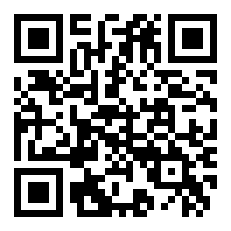Submissions
Submission Preparation Checklist
As part of the submission process, authors are required to check off their submission's compliance with all of the following items, and submissions may be returned to authors that do not adhere to these guidelines.- The submission has not been previously published, nor is it before another journal for consideration (or an explanation has been provided in Comments to the Editor).
- A title page file containing the names of author(s) and their affiliations has been submitted separate from the blind manuscript file.
- The submission file is in OpenOffice, Microsoft Word, or RTF document file format.
- The text is single-spaced; uses a 12-point font; employs italics, rather than underlining (except with URL addresses); and all illustrations, figures, and tables are placed within the text at the appropriate points, rather than at the end.
- The text adheres to the stylistic and bibliographic requirements outlined in the Author Guidelines.
- Where available, URLs for the references have been provided.
Articles
Section default policyCopyright Notice
On acceptance, the copyright of the paper will be vested in the journal and publisher. All authors are required to sign the copyright form which will accompany the letter of acceptance and return
the form with the revised copy of the manuscript.
Privacy Statement
The names and email addresses entered in this journal site will be used exclusively for the stated purposes of this journal and will not be made available for any other purpose or to any other party.

















